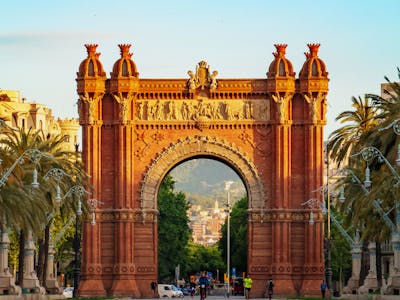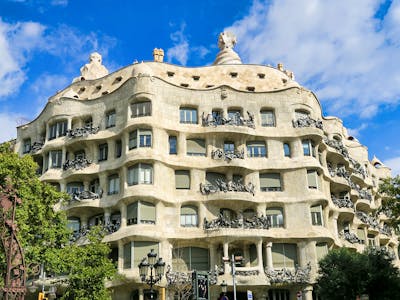Batu Caves, located just north of Kuala Lumpur, Malaysia, is a sprawling complex of limestone hills and caves typically known as mogote. With its history dating back over 400 million years, this site is a significant religious landmark housing numerous Hindu temples. When you drop by, you get a real taste of how diverse Malaysia's religious culture is. Its grandeur and natural setting, attracts a myriad of locals and tourists annually, especially during the Thaipusam festival.
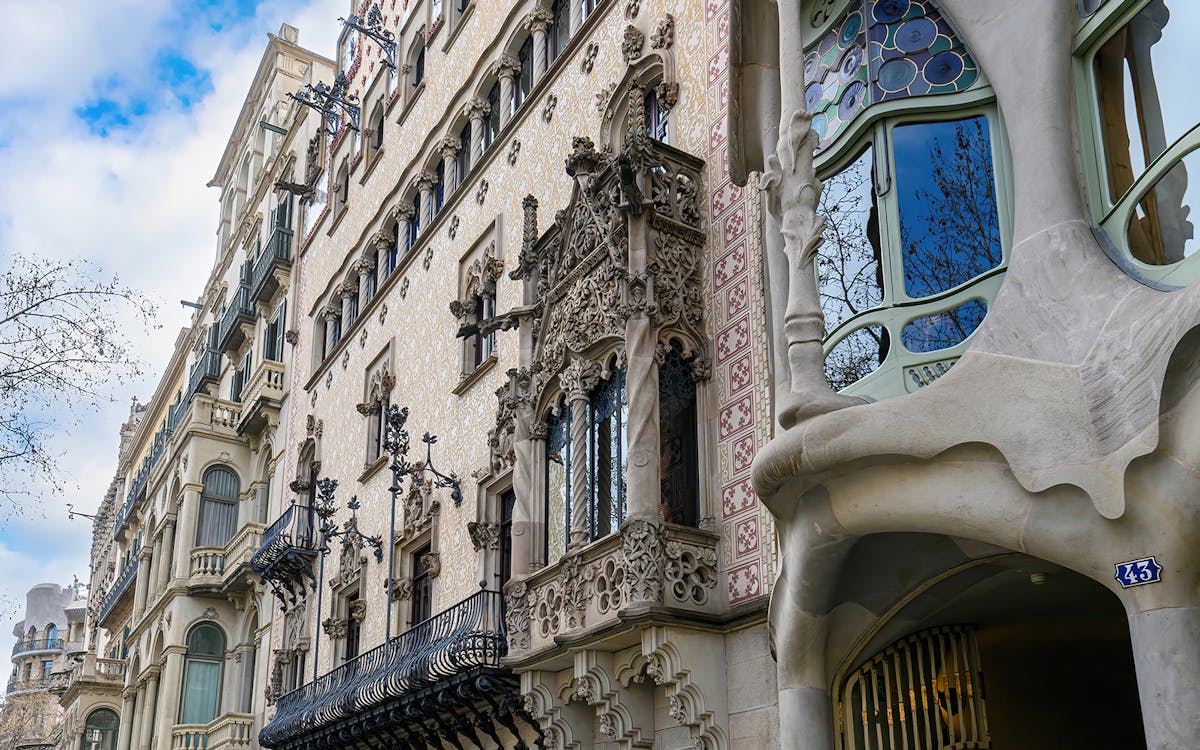
Batu Caves - In A Nutshell
Handy information
| ⏰ Suggested Duration: | A whole day |
| ☀️ Best Time to Visit: | Early morning |
| 🎟️ Batu Caves Tickets | MYR 45 |
| 🚇 Nearest train station | Batu Caves Komuter station |
Must-see at Batu Caves
Dark Caves
Ramayana Cave
Cave Villa
Opening Hours And Address
Daily 7am to 9.00pm
Address: Gombak, 68100 Batu Caves, Selangor, Malaysia
Get Directions
Why is Batu Caves worth visiting?
- Religious significance: Batu Caves is a significant Hindu religious site housing several temples and shrines. Murugan Temple here is renowned for its 42.7-meter statue of Lord Murugan.
- Unique geography: You’ll be awestruck by the pristine limestone formations dating back to 400 million years, offering a unique spectacle of Malaysia's geographical history.
- Epic stair climb: A steep climb of 272 steps leads to the main cave, challenging yet rewarding with the caves presenting a breathtaking spectacle of limestone formations.
- Must-visit during Thaipusam festival: Batu Caves is a hubbub of activity during the Thaipusam Festival, where thousands of devotees and visitors come together in a grand chariot procession.
- A trove of wildlife: You’ll find an array of indigenous flora and fauna, including the playful macaque monkeys, a staple of the caves.
Recommended Batu Caves tours
How long do you need at Batu Caves?
Plan for a half-day trip to visit the temple, located about 17km from the city center. The temple tour takes 1-1.5 hours, but allow extra time to explore the site's unique flora and fauna. If you depart in the morning, you can return to Kuala Lumpur by 2pm. We recommend our private half-day religious tour from Kuala Lumpur, which includes transportation and visits to Thean Hou Temple and the National Mosque.
History of Batu Caves

Dating as far back as 1860, the Batu Caves were initially known among Chinese settlers who excavated guano to fertilise their vegetable patches. However, the site gained wider recognition after it was recorded by colonial authorities, including Daly and Syers, and American Naturalist William Hornaday, in 1878.
Legend has it that during the construction of gravel roads around Kuala Lumpur in the 1860s, an Indian worker had a dream of Lord Murugan seeking a place of worship. Mirroring the locations of many Murugan temples in India, the worker and his friends ascended the treacherous rocks to the caves and built a small shrine. The promotion of Batu Caves as a place of worship is largely credited to K. Thamboosamy Pillai, an Indian Tamil trader. Pillai was struck by the vel shaped entrance of the main cave and decided to dedicate a temple to Lord Murugan within it. In 1890, Pillai, also the founder of the Sri Mahamariamman Temple in Kuala Lumpur, installed the murti (consecrated statue) of Sri Murugan Swami in what is now the Temple Cave.
Initially, the path to the Temple Cave was facilitated by wooden steps, put in place in 1920. By the 1930s, these steps began to deteriorate, leading then temple chairman Ramachandran Naidu to propose the construction of two flights of concrete stairs to the upper caves. This proposal was forwarded to Sorobgom in 1939, and the steps were completed in 1940, just in time for the Thaipusam festival that year. Today, the Batu Caves are accessed via 272 concrete steps.
Adjacent to the temple caves, the site holds special significance as it is believed to be the birthplace of a cow with five legs in the 1970s. This cow was widely revered and worshipped for performing miracles. Upon the cow's passing, the spot where it was buried has since been regarded as a place of sanctity.
Batu Caves during during Thaispusam festival
During Thaipusam, Batu Caves transforms into a vibrant hub of devotion and celebration. Over two million people gather to mark the triumph of good over evil and fulfill their vows. The festival begins with a chariot procession bearing Lord Murugan's statue from Sri Maha Mariamman Temple. On the second day, devotees walk barefoot 15 kilometers from Kuala Lumpur, often at night, to reach the caves. The highlight is the elaborate "kavadi" frames, adorned with flowers and feathers, which devotees carry as an act of penance. In a trance-like state, they climb the 272 steps to the temple, where their spiritual debts are absolved.
Photos and Highlights of Batu Caves
1Lord Murugan statue
Towering at 42.7 meters high, the Murugan Temple boasts the world's tallest statue of Lord Murugan painted with 300 liters of gold paint. Every year, thousands of devotees from Tamil Nadu and Sri Lanka embark on a pilgrimage to this sacred site during the auspicious Thaipusam festival on the Tamil calendar.
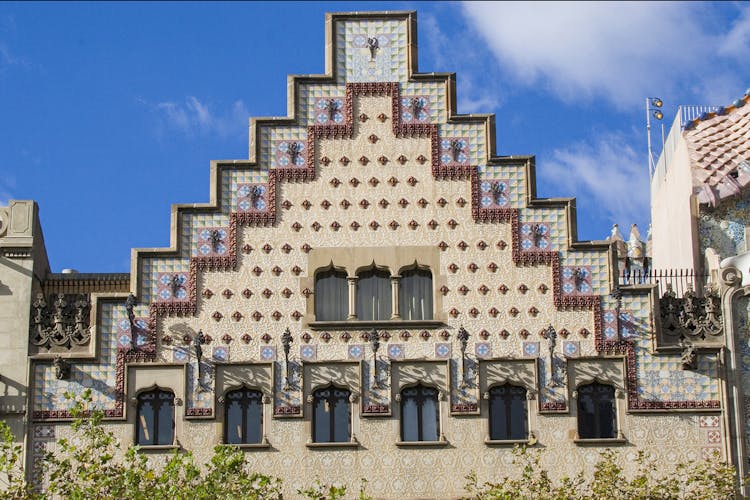
2Dark Caves
Spanning a vast two-kilometer network of relatively untouched caverns, the Dark Cave showcases an array of natural wonders. Delicate stalactites hanging from the cave's ceiling and stalagmites rising from the floor create intricate formations, including cave curtains, flowstones, cave pearls, and scallops, which have taken thousands of years to form!
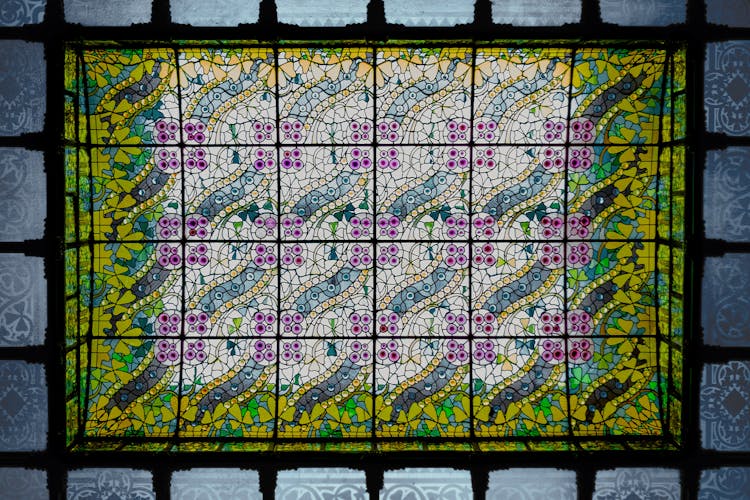
3Ramayana Cave
This elaborately painted cave narrates the Indian epic, the Ramayana, through vibrant murals and Hindu deities, inviting visitors into a journey of Indian mythology. The entrance is marked by a striking 15-meter tall statue of Hanuman, a prominent Hindu God.
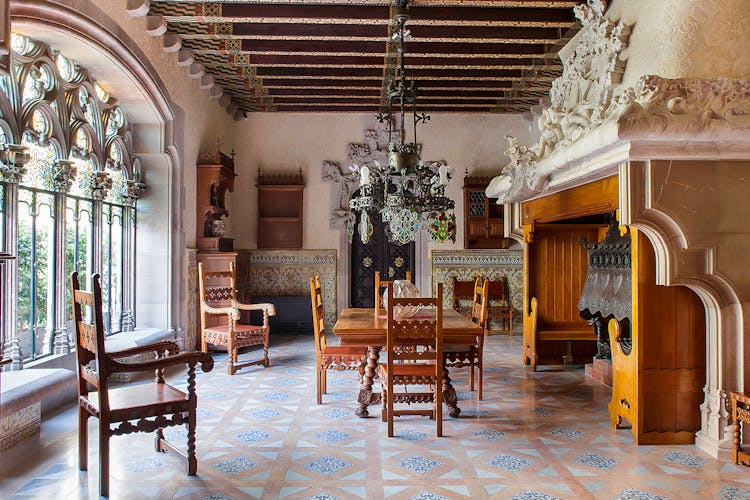
4Cave Villa
The Cave Villa is a two-level cave housing various galleries. The lower level presents a series of scenes from Indian epics, including the Ramayana and the Mahabharata, while the upper level holds the Art Gallery Cave and Museum Cave.
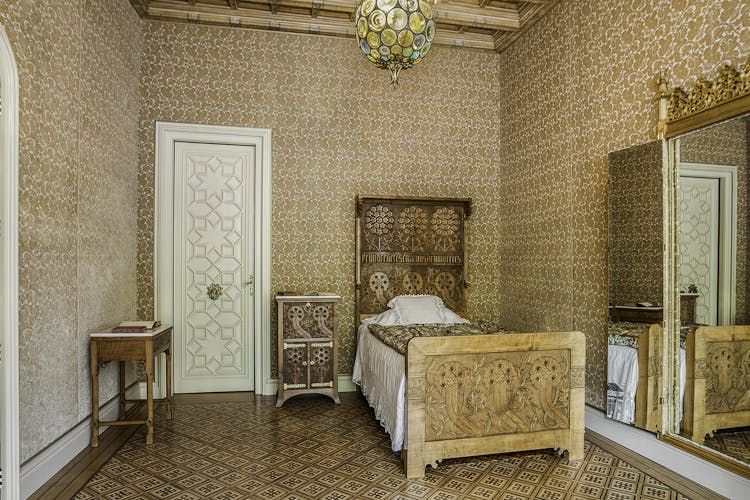
Did you know?
The Trapdoor spider found found in the Dark Caves is among the rarest spiders in the world and is said to have evolved for over 300 million years!
Best time to visit Batu Caves
The best time to visit Batu Caves is either early in the morning around 9 am or late in the afternoon. This is due to the Malaysian heat that can get extreme, especially during midday. The site is typically less crowded in the morning, providing a more serene experience. Since touring Batu Caves is generally a half-day excursion, you could also plan your trip to avoid the peak afternoon temperatures.
Opening hours of Batu Caves
- Batu Caves is open daily from 7am to 9pm
Batu Caves reviews
My tour guide was very helpful, kind and knowlegeable, connected to all the areas that we travelled to. I learned about the different cultures, history, religions and daily life of the Malaysian people. The tour was diverse in its experiences, as I got to experience the beauty of the Batu caves but also see local craftmenship in clothing and pewter designs. I enjoyed eating my first, fresh coconut too! I would not have been to find and experience these special visits without this tour, as I was travelling on my own. Many, many thanks!
- Mindy, Headout, April 2023
It was good. Value for money ! Super guide ! Good time ! Good vehicle. Guide explained things very well !
- Joshy, Headout, September 2023
Punctual and professional guide. During the trip he explained to us the specificities of the country and the region. He was listening to his guests.
- Turian, Headout, July 2023
How to get to Batu Caves
- The best way to get to Batu Caves is by train. The nearest train station is Batu Caves Komuter station. This is a very suitable option, especially during peak hours when the roads may be congested with heavy traffic.
- Alternatively, you can catch the 11/11d bus from Bangkok Bank Terminus or bus U6 from Titiwangsa.
- If you are a family traveling to Batu Caves then you can book a Grab car from Kuala Lumpur and reach conveniently in 20 minutes.
Restaurants near Batu Caves

This is a popular local eatery known for its delicious and authentic Malaysian dishes. Don't miss their signature Sang Har Mee and Wat Tan Hor.
Distance from Batu Caves: 1 KM

Located nearby, Ming's Oriental Restaurant offers a blend of Chinese and Western cuisine. Their honey-glazed chicken and lobster noodles are a must-try.
Distance from Batu Caves: 2.2 KM

This restaurant serves traditional South Indian meals and snacks. It is best known for its banana leaf meal, which is both generous in portion and rich in flavor.
Distance from Batu Caves: 500 m
Tips for visiting Batu Caves
- Before you ascend the 272 vibrant steps to the main cave temple, make sure to wear comfortable shoes.
- Dress modestly, covering your shoulders and knees, as Batu Caves is a sacred Hindu temple. You can rent a sarong at the entrance.
- Consider taking a guided tour of the Dark Cave to discover its stunning natural rock formations and wildlife.
- To get to Batu Caves, take the affordable and convenient KTM Komuter train from KL Sentral station.
- Don't forget to capture the breathtaking moment when sunlight pours in through the cave ceiling, creating a dramatic and sacred atmosphere.
Other attractions around Batu Caves


